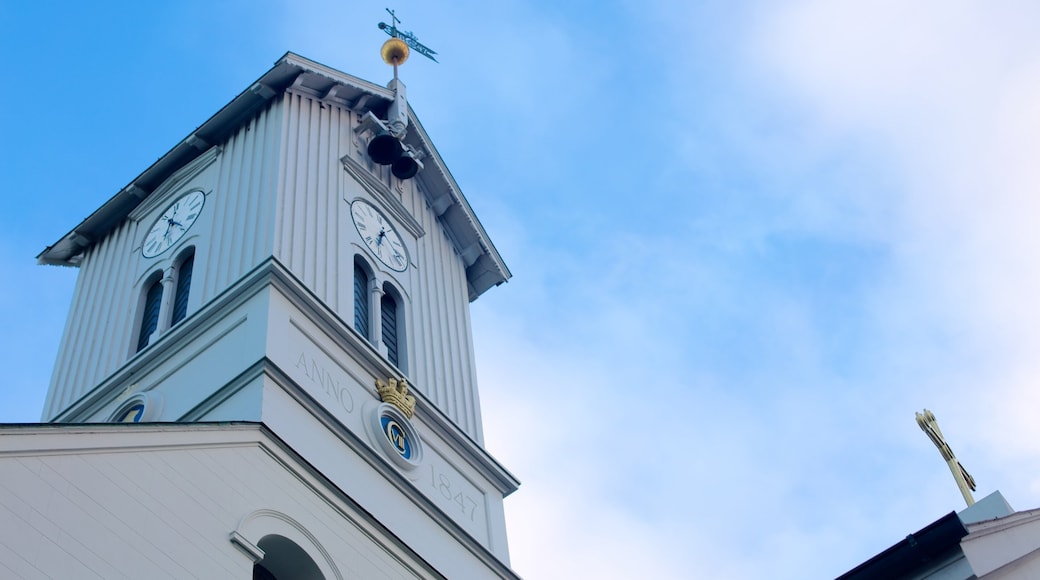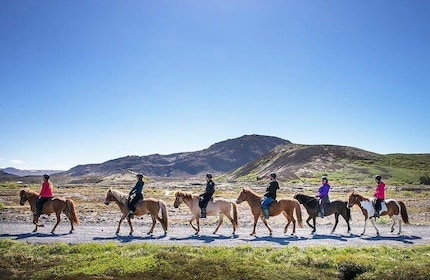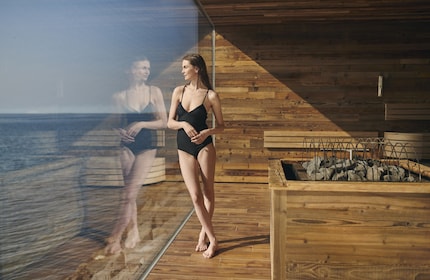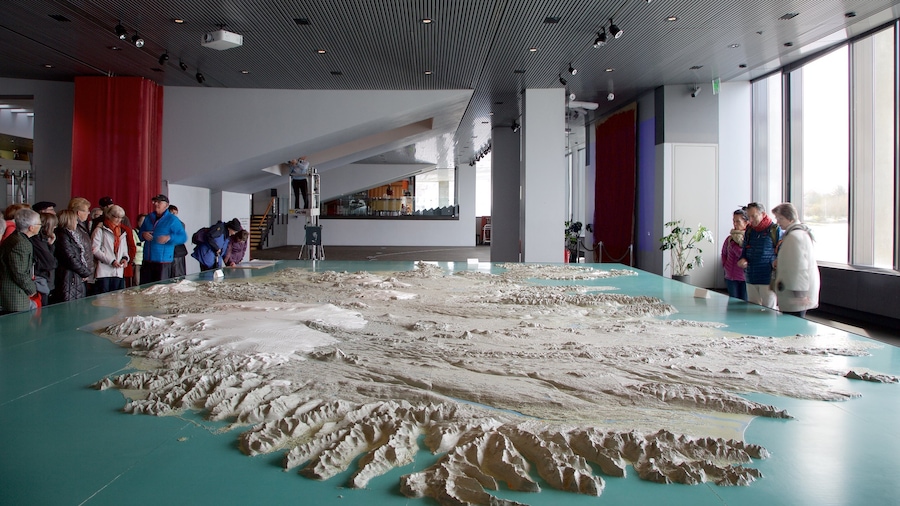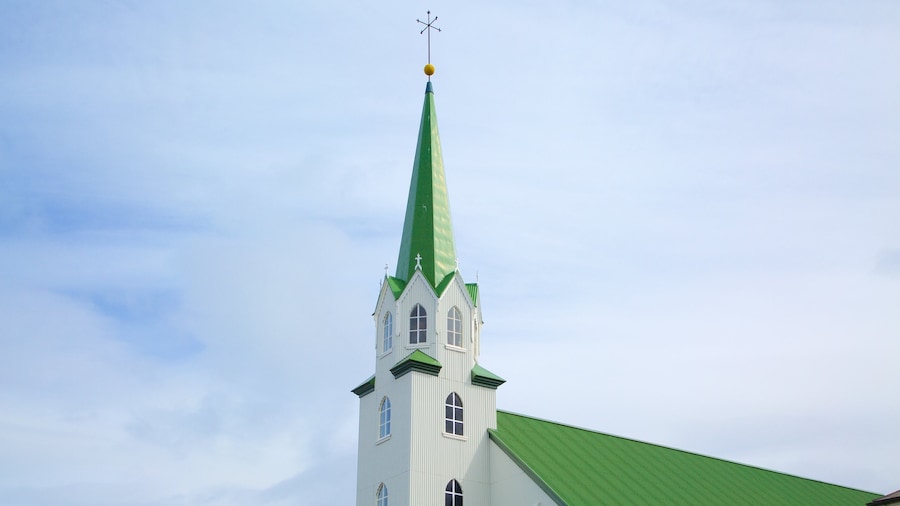The Icelandic Parliament attends mass at this small, modest church, which is the oldest in Reykjavík and which stands on the city’s oldest square.
As opposed to the towering Hallgrímskirkja, the National Cathedral (Domkirkjan) is a small, unadorned church. It is also much older it was built in 1796. Since then, the National Cathedral has served as an important religious and political centre for Reykjavík and the rest of Iceland. In 1845, the Lutheran church endorsed a sovereign Iceland here, which was an important step toward Icelandic independence. Tour the small grounds, attend a service and explore the other attractions around the church.
Visit the church on any day of the week to tour the interior. Enter the sanctum, which is brightly illuminated. See the marble font in front of the altar, which was sculpted in the 1800s by the Danish artist Bertel Thorvaldsen. An antique pipe organ stands at the back wall of the cathedral. Attend a Sunday service, which welcomes visitors.
One of the reasons the National Cathedral is such a significant Icelandic religious site is because it stands next to the Alþingishúsið (Parliament House). Before the opening session of Parliament each year, the members attend mass at the cathedral. Visit Alþingishúsið to see a session of the Icelandic Parliament. A visitors’ gallery allows you to view Parliament in action. Afterward, head around back to relax in Iceland’s oldest park, the carefully landscaped Parliament House Garden.
Austurvöllur, a grassy square, lies north of both the National Cathedral and Alþingishúsið. While Austurvöllur is Reykjavík’s oldest square, it attracts some of the city’s younger residents. On warm days, young locals come out to sit on the grass. Plus, outdoor concerts commonly take place here, as did political demonstrations regarding the 2008 financial crisis. Have a picnic on the lawn, or sit out on a restaurant terrace abutting the square.
Located in the heart of Reykjavík, the National Cathedral is a short walk from the city’s main attractions like Tjörnin Lake and the Old Harbour.



